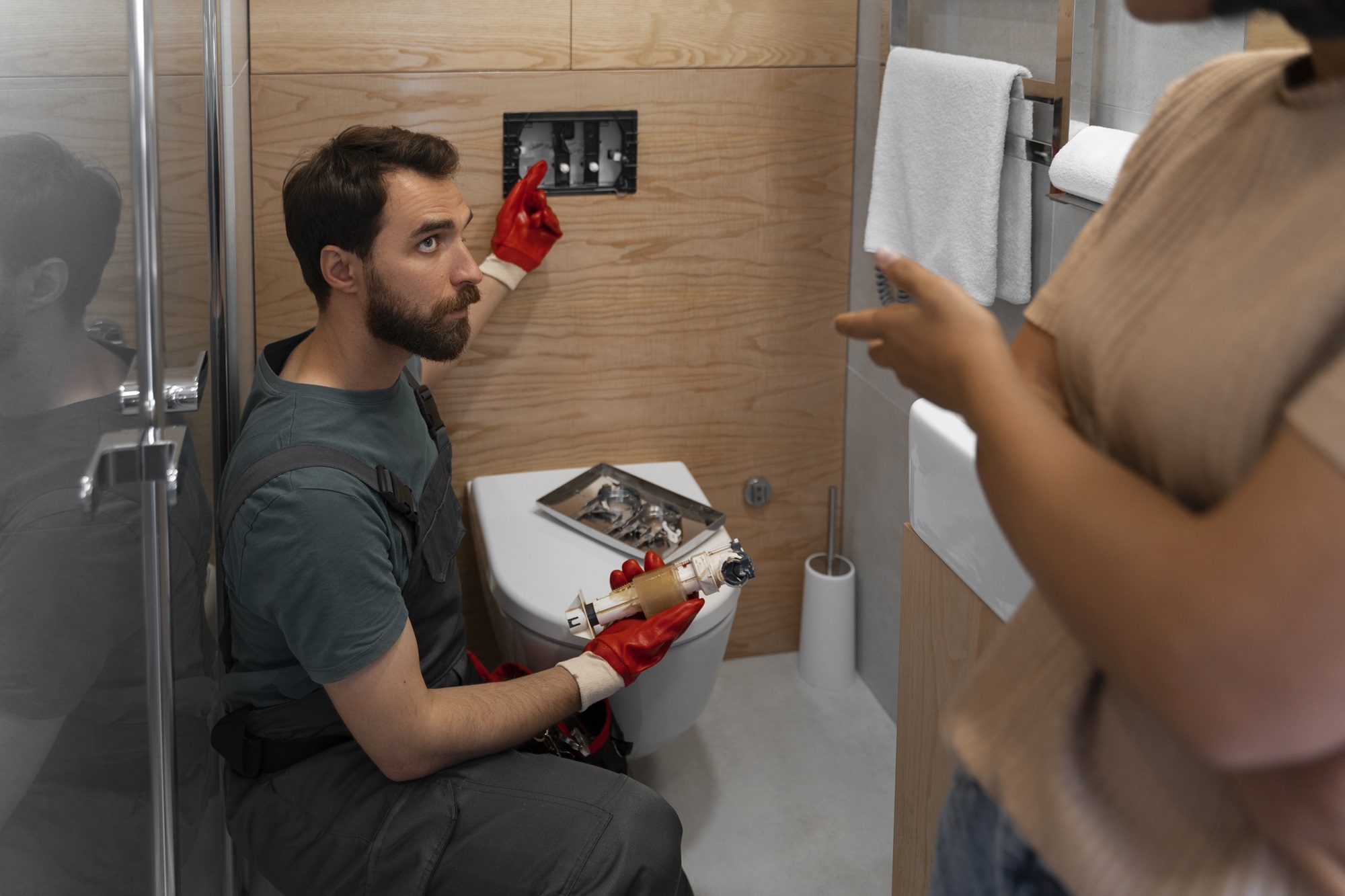Imagine discovering the basement flooded due to a burst pipe. Now, picture being unable to shut off the water supply quickly. A valve box offers a simple solution to prevent this kind of disaster. This device lets you control the plumbing system from one location, making it easy to fix problems quickly.
Installing a valve box can improve system efficiency, simplify maintenance tasks, and save water. This post will show how valve boxes can help save time, money, and resources.
The Importance of Valve Boxes in Plumbing Systems
Valve boxes serve as essential access points to valves within plumbing systems. These valves control water flow to various fixtures and appliances, making them crucial for managing water distribution. By providing easy access to these valves, valve boxes offer several key benefits:
- Easier Maintenance: A valve box simplifies valve repair or replacement. Plumbers can efficiently address issues with quick and convenient access, minimizing disruption and potential damage.
- Faster Emergency Response: In case of water leaks or supply interruptions, valve boxes enable rapid isolation of the affected area. Quickly closing valves can prevent further damage and reduce water waste.
- Better System Organization: Valve boxes contribute to a more organized and efficient plumbing system. They make identifying and locating specific components easier, simplifying maintenance tasks and troubleshooting.
- Reduced Water Waste: A valve box helps prevent unnecessary water loss due to leaks or faulty valves. Regular inspections and maintenance made possible by this box can identify and address issues promptly, conserving water resources.
- Enhanced Code Compliance: The International Plumbing Code highlights the importance of protecting plumbing components from physical damage and ensuring proper accessibility for maintenance and inspection. Using a valve box is one way to comply with these standards and prevent potential legal issues.
Types of Valve Boxes
Valve boxes come in various designs and styles, each with advantages and applications. Here are some common types of valve boxes:
1. Hidden Flange Valve Boxes
Hidden flange valve boxes are designed to align seamlessly with the surrounding surface, providing a clean and discreet look. These boxes are typically used in areas where aesthetics is important, such as patios, decks, or walkways.
2. Hidden Flange With Windows
Like hidden flange boxes, these boxes have a flush mount but feature a transparent window that allows for easy identification of the valve without the need to remove the cover. This feature is particularly helpful in emergencies when quick valve access is essential.
3. In-Wall Valve Boxes
In-wall valve boxes are recessed into the wall, providing a concealed and space-saving solution. These boxes are commonly used in bathrooms, kitchens, or laundry areas with limited wall space.
4. Surface Mounted Valve Boxes
Surface mounted valve boxes are installed on top of the surface, offering a straightforward installation. These boxes are often used in basements, garages, or utility rooms where concealment is not a major concern.
Choosing the Right Wall-Mounted Valve Box
When selecting a valve box, consider these factors to guarantee proper functionality and compatibility with the plumbing system:
- Material: Choose a valve box made of durable, rust-proof materials like steel, stainless steel, or galvanized steel. It should be suitable for the specific environment where it will be installed.
- Size: Select a valve box large enough to accommodate the components it will house. Consider the valves’ size and the pipe’s thickness to ensure a proper fit.
- Valve Compatibility: Ensure that the valve box is compatible with the type of valves you will be using. Some boxes may have specific design features or dimensions that accommodate certain valve styles.
- Installation Requirements: Consider the wall thickness and the availability of access behind the wall. Choose a box that can be easily installed and accessed for maintenance.
The size and design of valve boxes can vary depending on the application. Residential properties typically require smaller and more discreet boxes. Meanwhile, commercial or industrial settings may need larger, more robust options.
Wrapping It Up
Valve boxes are essential components in plumbing systems that offer numerous benefits. They provide easy access to valves, simplify maintenance, facilitate emergency response, improve system organization, and conserve water.
Incorporating valve boxes into plumbing projects can significantly enhance efficiency, safety, and overall system performance. Consider installing well-placed valve boxes for optimal plumbing efficiency.
Image by freepik“>Image by freepik

